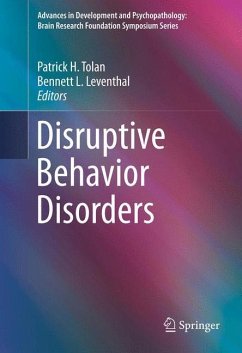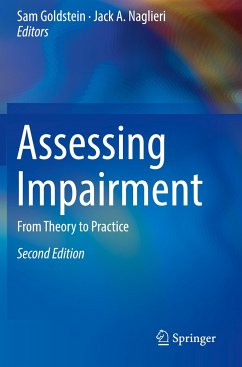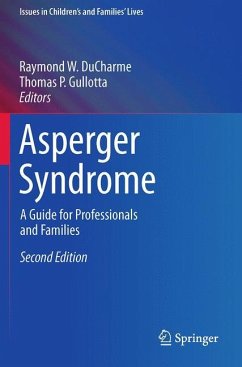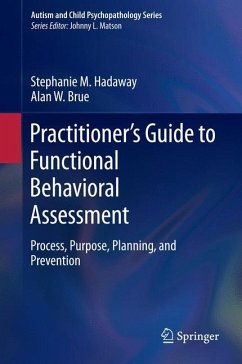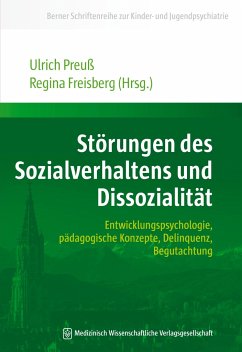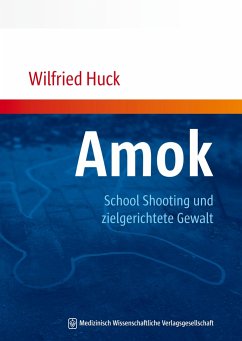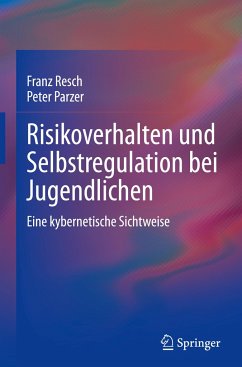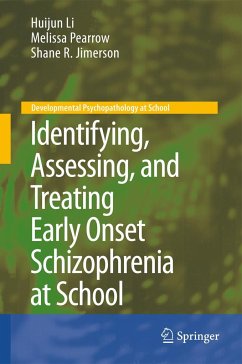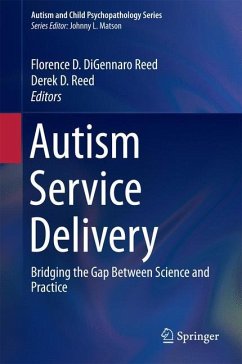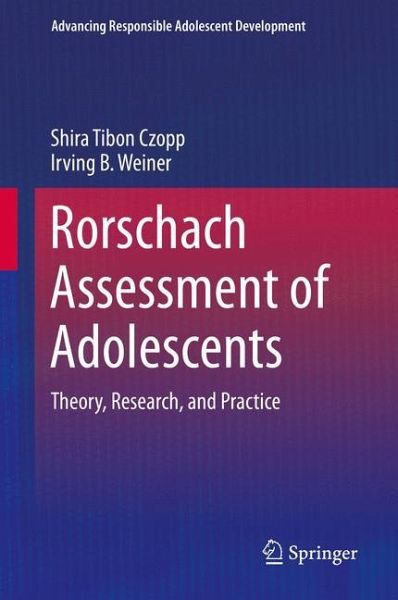
Rorschach Assessment of Adolescents
Theory, Research, and Practice
Versandkostenfrei!
Versandfertig in 6-10 Tagen
83,99 €
inkl. MwSt.
Weitere Ausgaben:

PAYBACK Punkte
42 °P sammeln!
This book serves as an up-to-date Rorschach primer and elaborates on the various applications of Rorschach assessment for adolescents with respect to differential diagnosis, forensic consultation, and therapeutic assessment. It opens with three chapters that provide readers with a basic overview and introduction to the topics integrated throughout the text. The first reviews the development and foundations of the Rorschach Inkblot Method; the second discusses key issues in the assessment of adolescents, with particular attention to differentiating patterns of psychopathology from normal develo...
This book serves as an up-to-date Rorschach primer and elaborates on the various applications of Rorschach assessment for adolescents with respect to differential diagnosis, forensic consultation, and therapeutic assessment. It opens with three chapters that provide readers with a basic overview and introduction to the topics integrated throughout the text. The first reviews the development and foundations of the Rorschach Inkblot Method; the second discusses key issues in the assessment of adolescents, with particular attention to differentiating patterns of psychopathology from normal developmental variations; and the third presents general considerations in using performance-based assessment instruments in the assessment of personality functioning in adolescence. Later chapters explore the current status of the Rorschach Inkblot Method with respect to theoretical formulations, research findings, and practice guidelines. The final chapter draws on information in the preceding chapters to present a model for Rorschach assessment of adolescents. This model is designed to facilitate accurate and useful formulations of personality functioning that contribute substantially to advancing responsible adolescent development.





